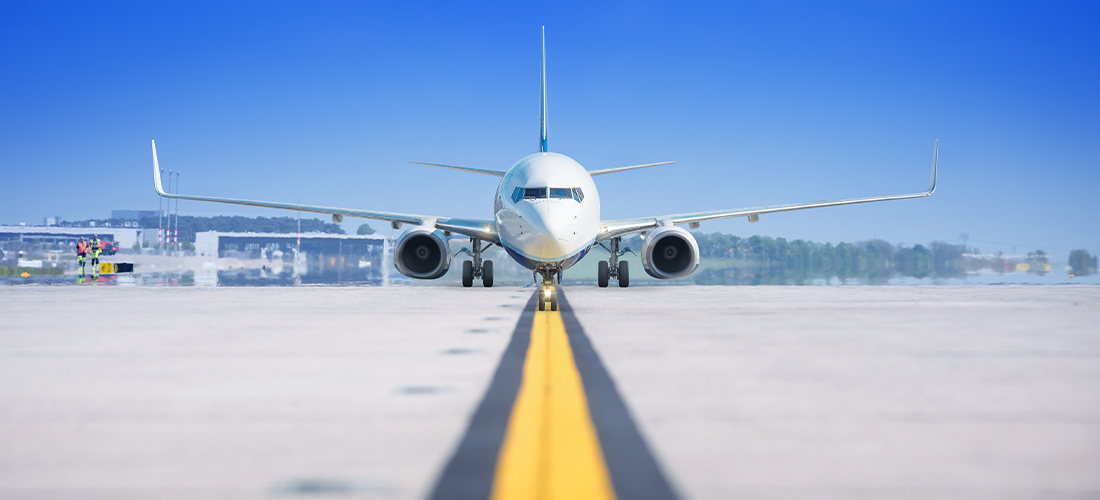The report, citing Boeing as a source, predicts that the airfreight will grow annually by 3.2% over the next few decades with cargo demand expecting to increase by approximately 4% each year over the same time frame.
“The logic of these numbers is that available belly freight capacity will fall. This suggests that the low freight rates seen in the ten years previous to 2020 have come to an end,” TI states in the report. This will result in increased use of freighters to cope with the demand and undoubtedly consolidation.
“There is likely to be consolidation in the airline market, reducing both completion and capacity.”
“Growth in passenger numbers is likely to be lower at least in the nearer term, something amplified by greater barriers to movement through the use of various ‘health’ measures. Demand for airfreight, however, is likely to remain strong, with e-commerce in particular underpinning long-term growth.”
“This suggest that networked airfreight or air express solutions will take a greater share of the market.”
The report also examined the impact of the COVID-19 pandemic on the market in the short term with volatile demand expected to keep the pressure on capacity. Based on this TI predicted continuing constrained capacity, growing demand, geographically imbalanced demand and continued high airfreight rates.
“Unusually the major problem is not demand but supply. This is very hard to estimate as it is unclear when passenger air services will recover.”
“It may be that airlines will not be in a financial position to recommission their fleets for some considerable time, whilst there is a strong likelihood that any recovery will miss major tourist seasons and thus any incentive to put more aircraft in the air in the short-term will be less.”
“It is very likely that airlines will focus on fewer, more profitable services. Thus, belly freight capacity will remain depressed. The incentive for more freighter services may also lessen as the prospect on a return to normality moves closer.”
There is no denying that aviation has been one of the hardest hit industries by the COVID-19 pandemic. Government lockdowns have restricted entry for travellers causing ticket sales to plummet, reduced schedules and redundancies for employees. A continued increase in air cargo volume is a glimmer of hope in what has been a dark time.
Sources including Veritas Global, Seabury, The International Air Cargo Association (TIACA) and the International Civil Aviation Organisation (ICAO) have submitted their findings on how the global pandemic has affected air freight. Despite the number of agencies looking into this there is a lack of reliable data; however, what does stand out is the following:
• Global air cargo capacity is down 35% from 2019
• 20% of belly cargo continues to fly
• Freighters capacity is showing signs of stabilising.
Due to the lockdown restrictions to passenger travel, airports are seeing a dramatic decrease in revenue forcing many to close. Despite the closures to passenger traffic, a share of the airport and its infrastructure must remain open to support air cargo which to some comes at a cost to a weakening cash supply.
The aviation industry relies on governments to collaborate cohesively on an international scale. Concerted effort is required to make things consistent from one part of the world to the next.
New procedures are required to be implemented to prepare ourselves for a future crisis with particular emphasis on health and safety in the workplace. Emergency plans will need to be drawn up to ensure that if another pandemic were to occur that industries would have systems in place to mitigate the effects that were able to destroy everything so quickly. To do this risk assessments and training schedules will need to be drawn up. For the air freight industry in particular more consideration needs to be given and how we can keep operations going in the face of a crisis.

